 Posted Jan 29, 2009, 5:20 PM
Posted Jan 29, 2009, 5:20 PM
|
 |
..........
|
|
Join Date: Jan 2006
Location: Southwestern Ontario
Posts: 15,184
|
|
 The town in the city
The town in the city
HAMILTON NEIGHBOURHOODS:
Corktown • Durand • Central • Dundas • Locke St. South • Burlington • Stinson • Westdale • St. Clair • Keith • Landsdale
The Delta • Gibson • Jamesville • Concession Street • Durand North • Durand South • Old Dundas Houses • Hess Village • Barton Street
Ancaster • North Kirkendall • South Kirkendall • McMaster University • Downtown • The Bayfront • The North End • Kenilworth
Mountain Brow • Textile District • Strathcona • North Stipley • Flamborough • Beasley • Chedoke • Stoney Creek • The Beach Strip
HAMILTON FEATURES:
C I T Y _ L I G H T S • Stone Hamilton • Twilight of the Industrial Age • Twilight of the Industrial Age II
Stone in Dundas and Ancaster • Goodbye, Hamilton (from 43 floors up) • Dirty Brick • Day for Night
This broken down old city still manages to wake up every morning... • Everywhere, Ontario • < R - E - T - R - O >
HAMILTON | Scenes from the cutting room floor • S U B U R B I A ! • Everywhere, Ontario • Hamilton Rowhouses
< H E A V Y <> I N D U S T R Y > • Old Man Winter vs. Hamilton
North Kirkendall
Hamilton, Ontario
A tour of South Kirkendall can be found here: http://forum.skyscraperpage.com/showthread.php?t=164446
Kirkendall is a large neighbourhood in southwest Hamilton which built up slowly over a long period. The oldest structures date from
roughly the 1840s while the most southerly streets were not filled until the 1920s. The slow development is a result of the difficult
terrain, the southern part of the neighbourhood being cut off by a deep ravine until nearly the turn of the century. The result is a
highly eclectic mix of residential and commercial buildings from many eras.
In this tour, we look at North Kirkendall (north of Aberdeen). This includes the modest older part of the neighbourhood as well as the
middle class townhouses that sprang up in the 1885-1910 period as streetcar service was extended along Herkimer Ave. Later, the
streetcar line was extended along Locke St. to serve the burgeoning commercial district. After the tram lines were removed in 1945,
the neighbourhood went into steep decline.
But the decline was not to last. The wide variety of houses--which include everything from tiny cottages to stately upper middle class
townhomes--as well as the charming old commercial district on Locke St. South have made the neighbourhood the focus of gentrification
over the past twenty years. With the return of the middle class, Kirkendall has come full circle.
A smattering of early cottages give North Kirkendall a small town feel.

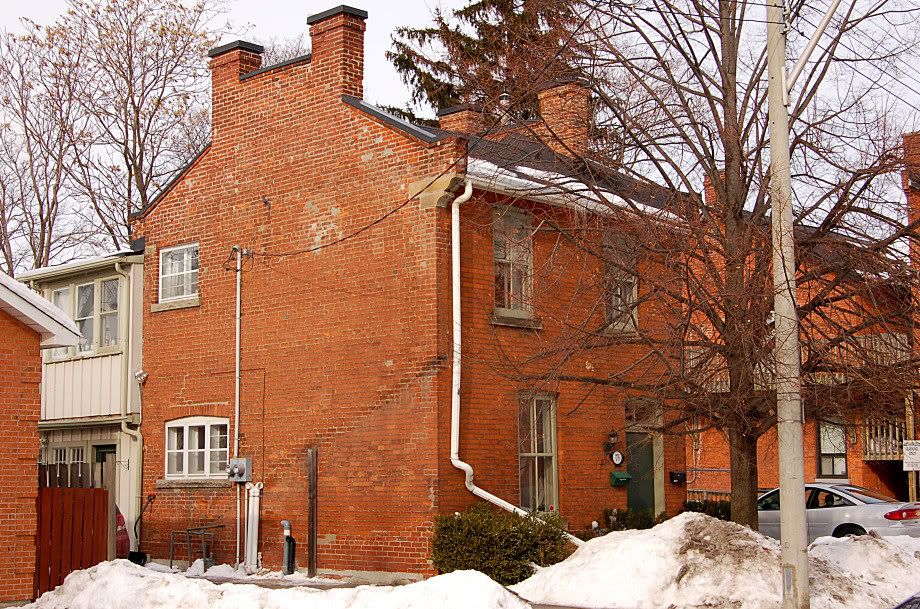

 
It is likely that many of the early houses were built by their owners
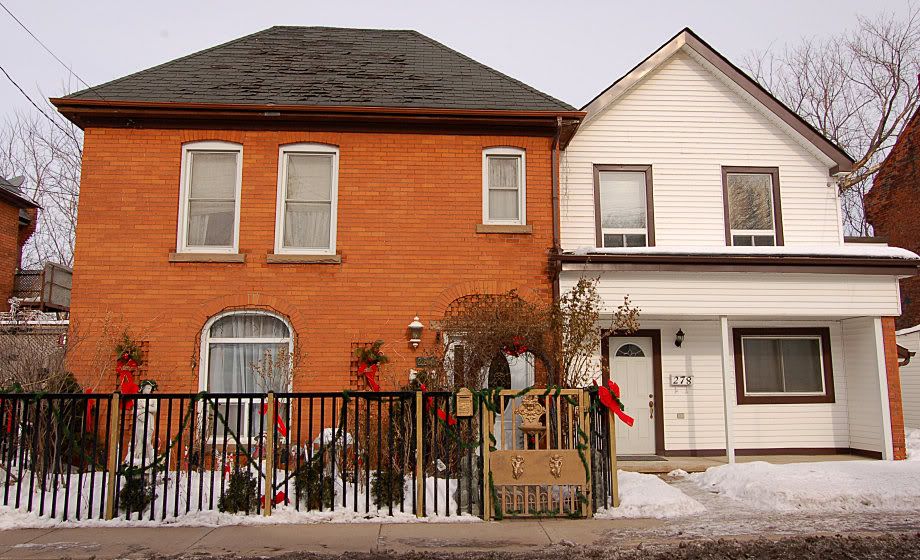

Parapeted sidewalls with built in chimneys characterized early Hamilton homes.

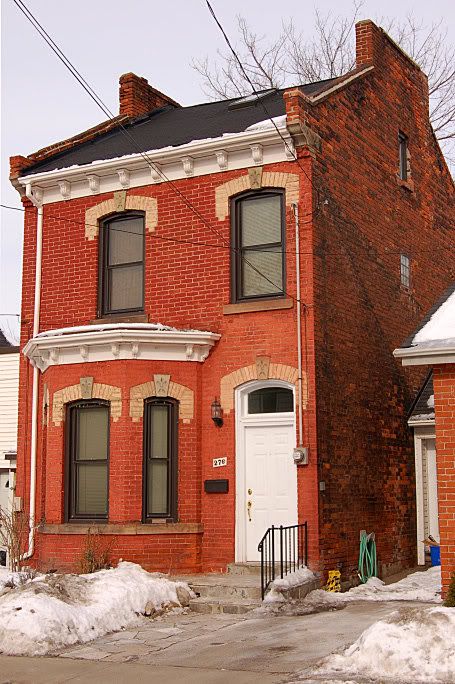 
Small Gothic Revival cottages like these are found throughout rural Ontario; this area was once on the outskirts of Hamilton.
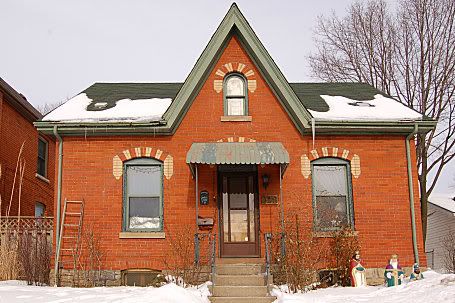 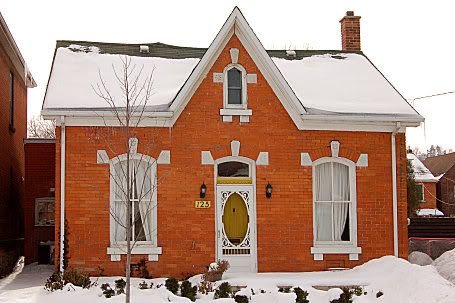

A quick peak at Locke St. South, one of Hamilton's most vibrant shopping districts, with the Niagara Escarpment in the background.
I did a more extensive tour of Locke St. a couple years ago:
http://forum.skyscraperpage.com/showthread.php?t=135162
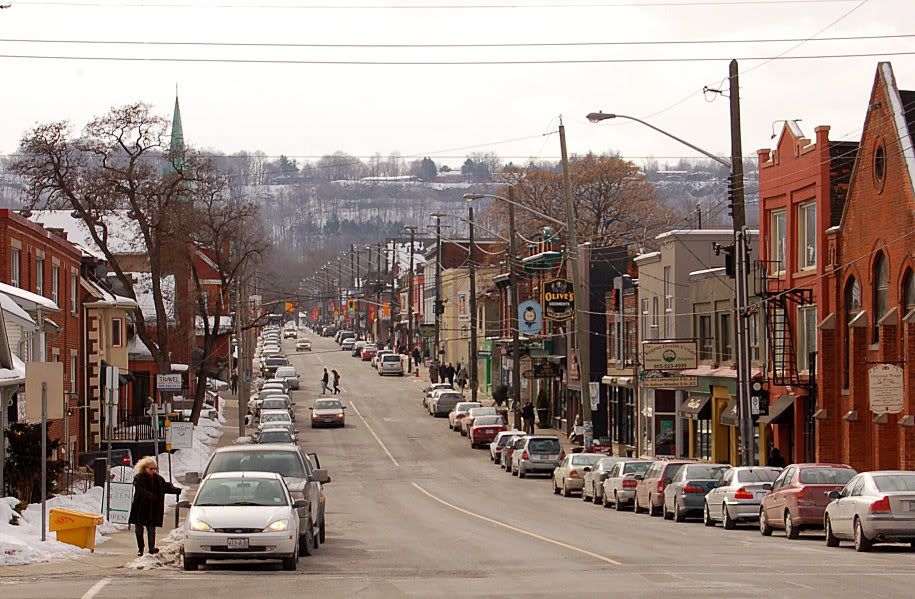
The older parts of the neighbourhood feature narrow streets, though most of the original structures have been replaced with 20th century
houses and apartments. On the left is Fanning Street, a tiny street with a few small houses.
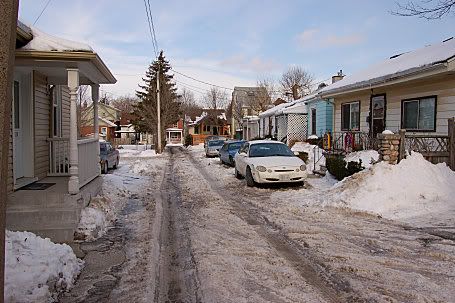 
Larger homes occupy the high ridge running through the neighbourhood.
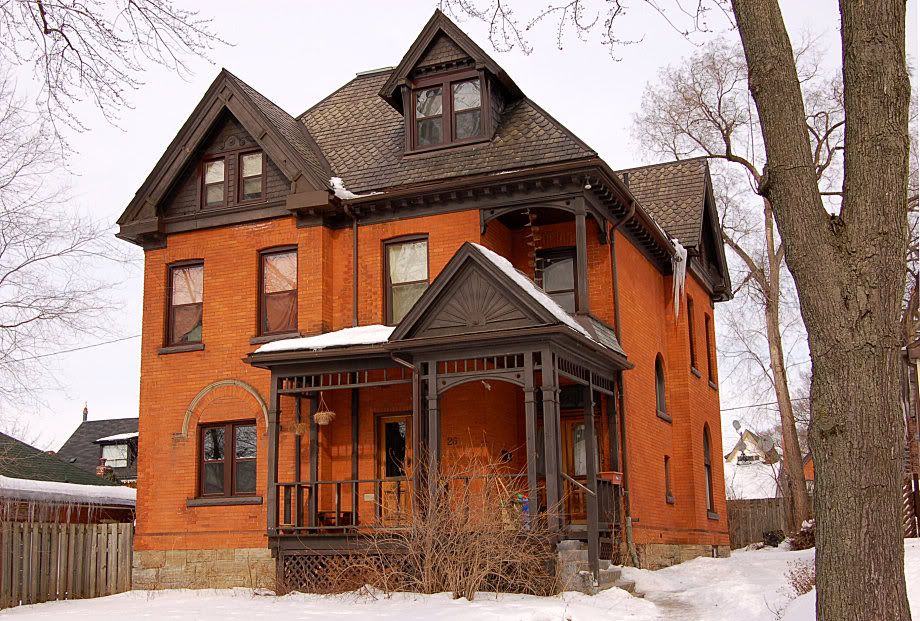
A row of semi-detached cottages.

A rather simple but elegant Italianate home.
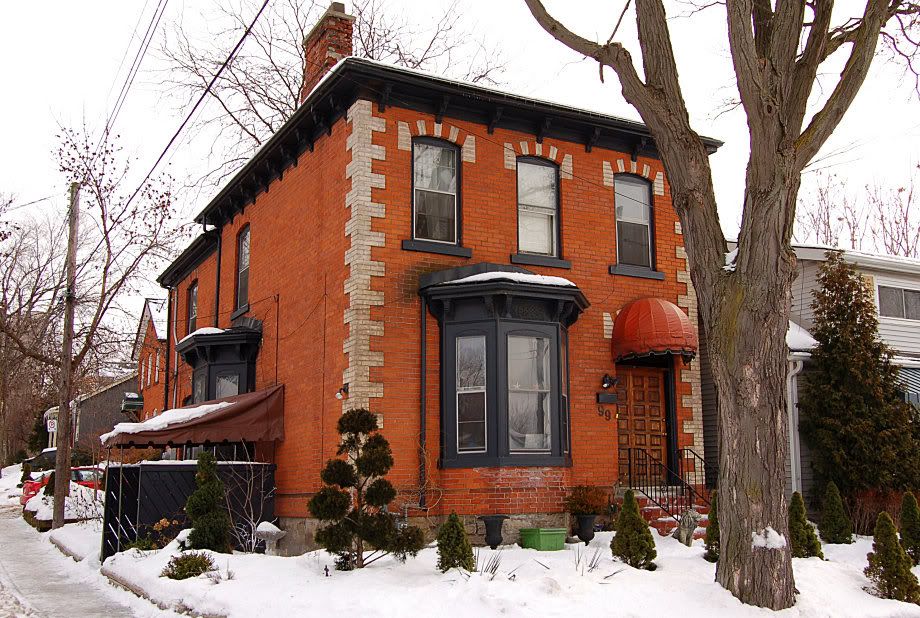
The next few pics show a variety of homes found in Kirkendall.

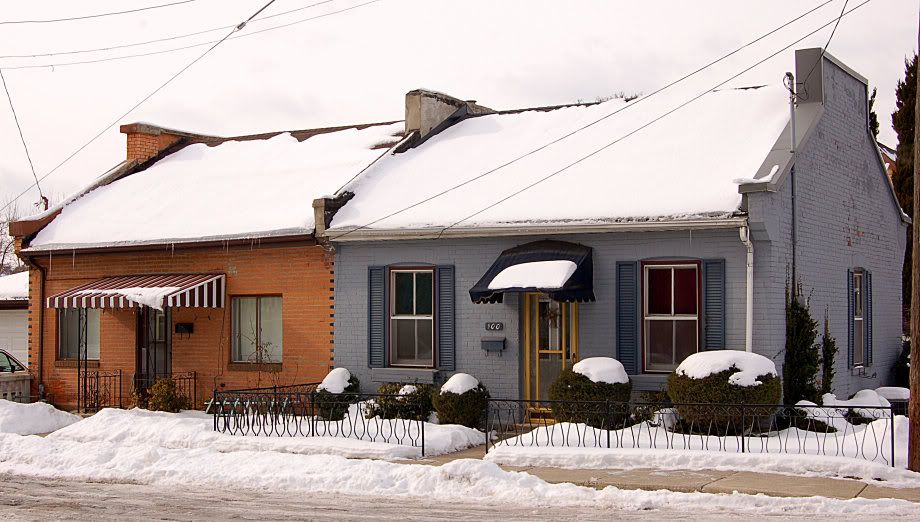
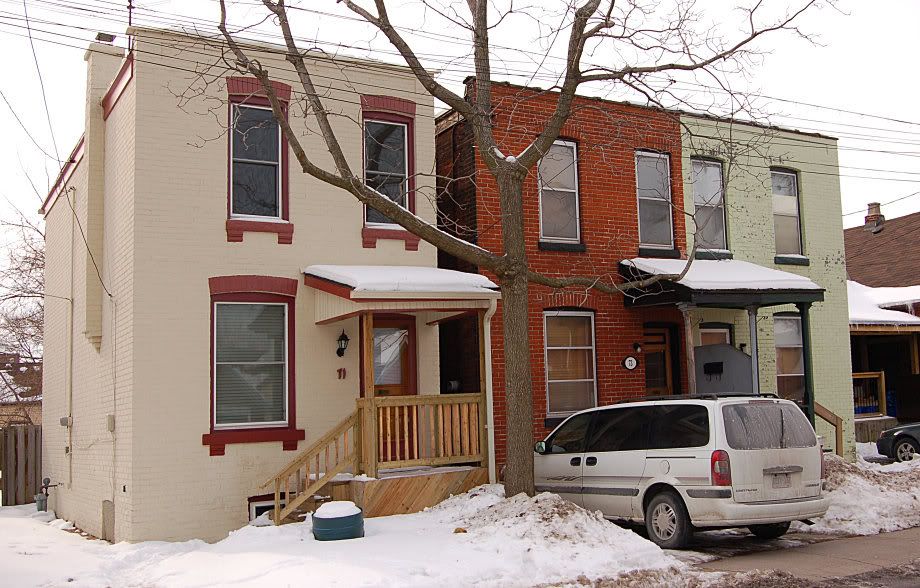


Old plank bridges cross the rail line, most of those remaining are pedestrian only.

Some later infill along the trench dug for the rail line:

A very tiny cottage. A much larger and newer house can be seen to the left.

Although this small rowhouse has been extensively modified, its old age is apparent from the rubblestone foundation visible at
the lower right.

These buildings on Locke date from the 1890s, as development moved southward.
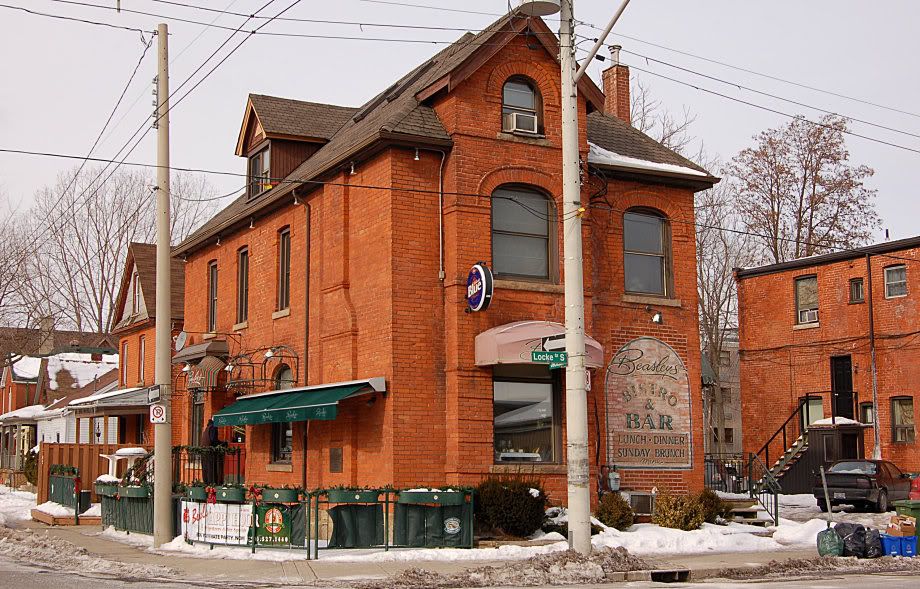

Starting to see more houses from approximately the turn of the century as smaller, older houses were gradually replaced.

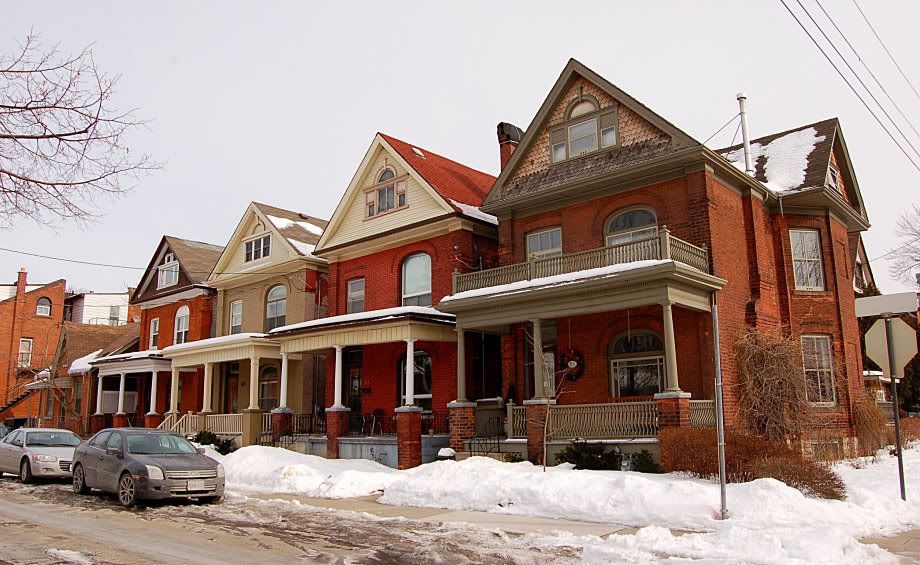
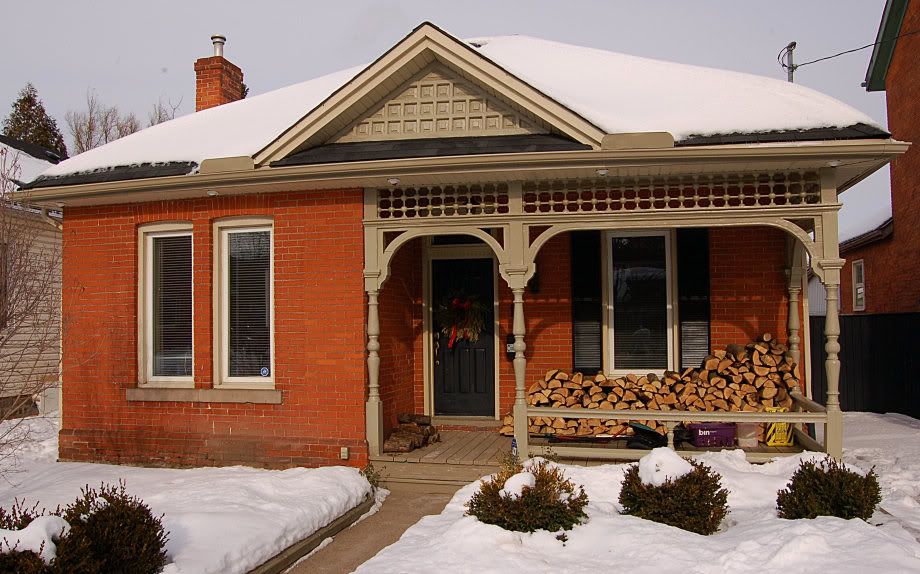
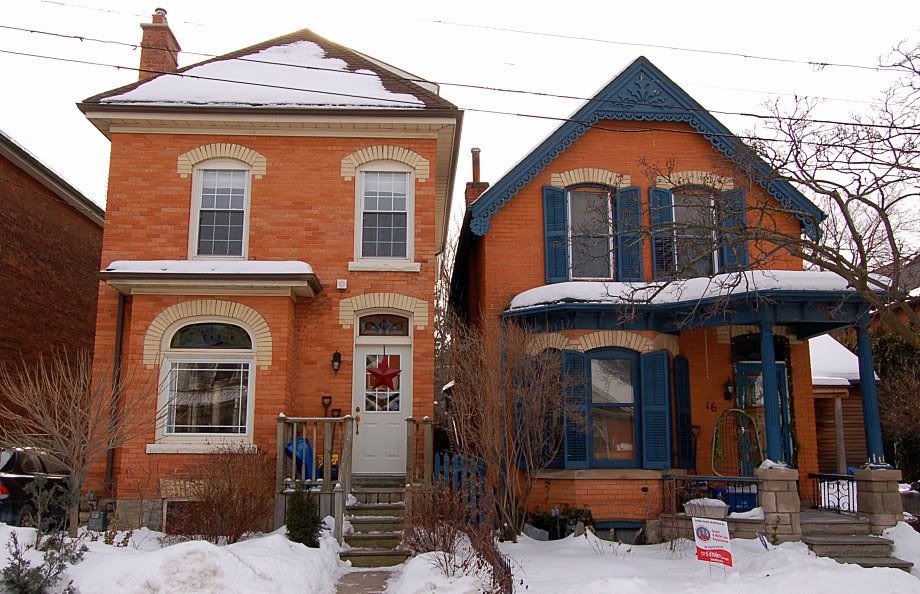


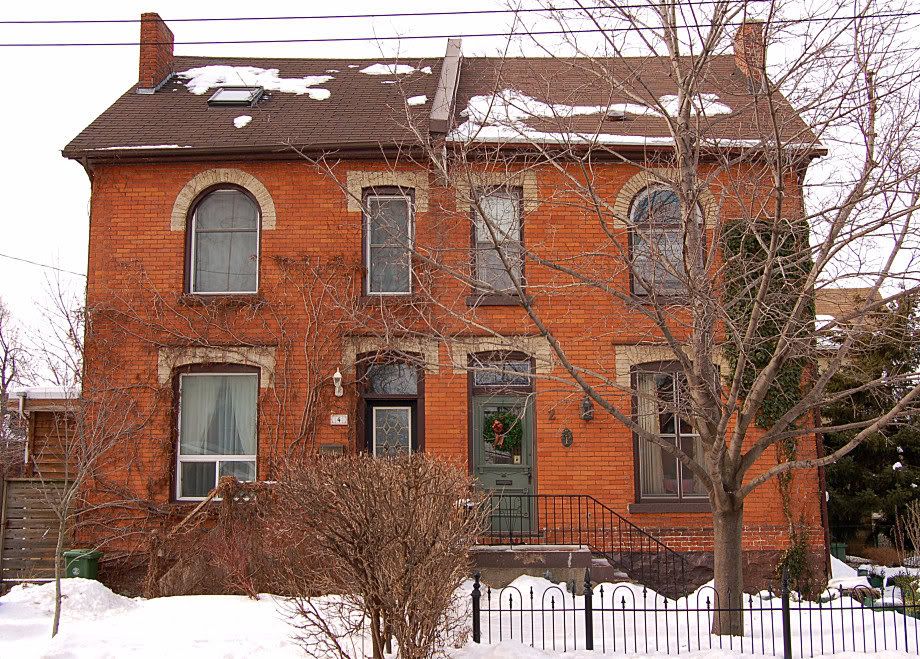
Now we're getting into the more substantial homes of the middle class streetcar suburb that emerged in the 1890s.

 
A mixture of architecture from the Victorian and Edwardian eras characterizes the streetscapes.
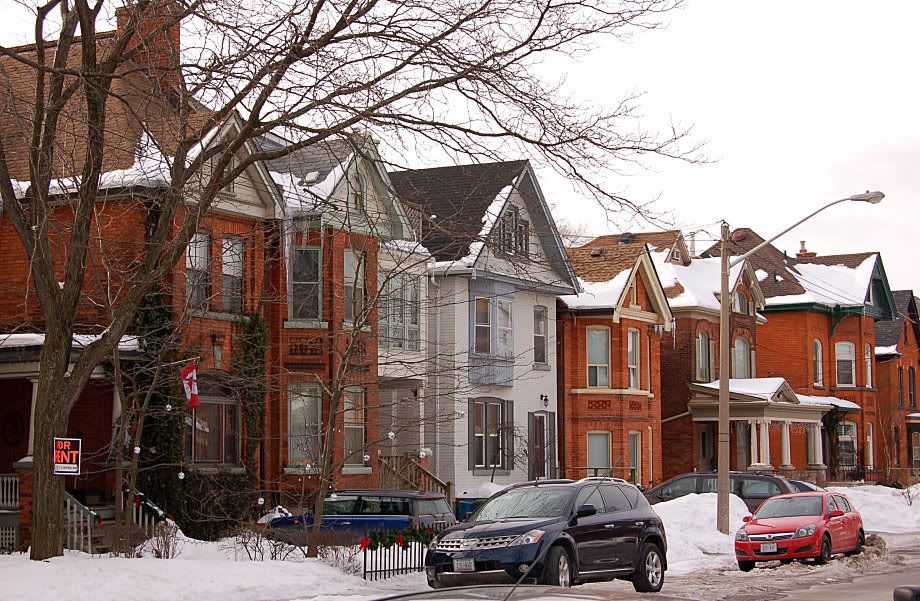


 
A real rarity in Hamilton: a Queen Anne style house made not of brick, but of wood! This is the Duplessis House, built in 1888.
Alledgedly, the wood was brought from France.
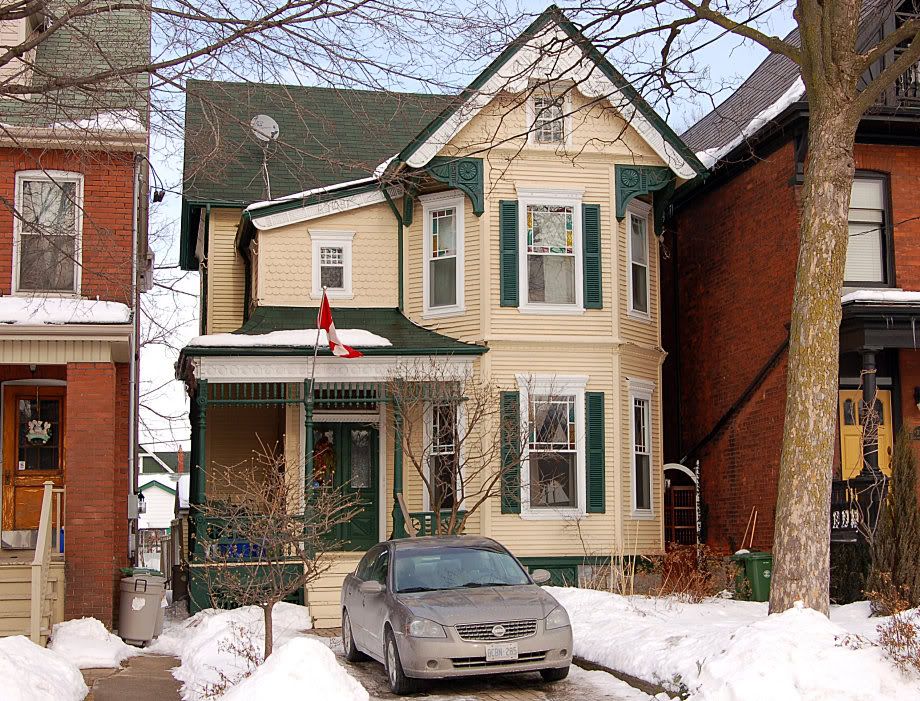

These are good examples of the Edwardian Classicism that characterizes the later architecture of Kirkendall. They share some
characteristics of the earlier Queen Anne style, such as the shingled gable, but overall show a return to classical design principles,
as evidenced by the roof and columns on the porches. Compare with the older houses below.

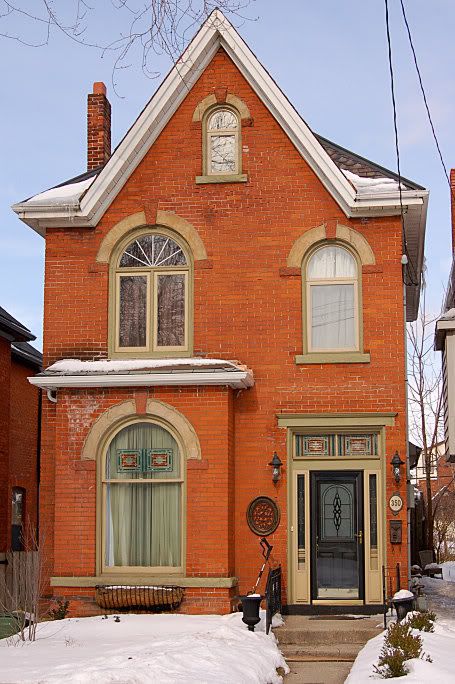 
Asymmetrical semi-detached (double) houses are a common sight in Toronto's Annex neighbourhood, but relatively rare in Hamilton.

In Hamilton, the units are are usually mirror-images like this:
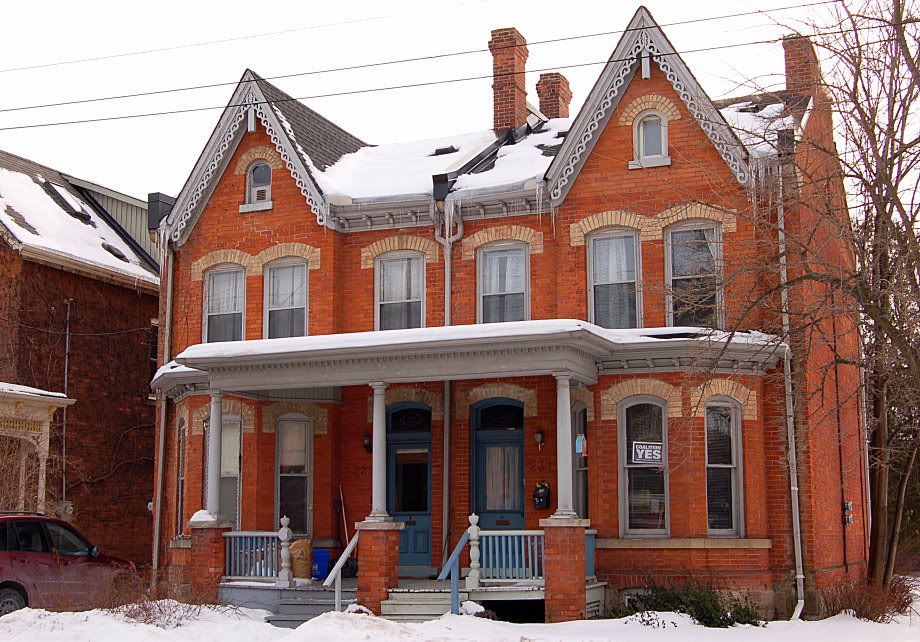

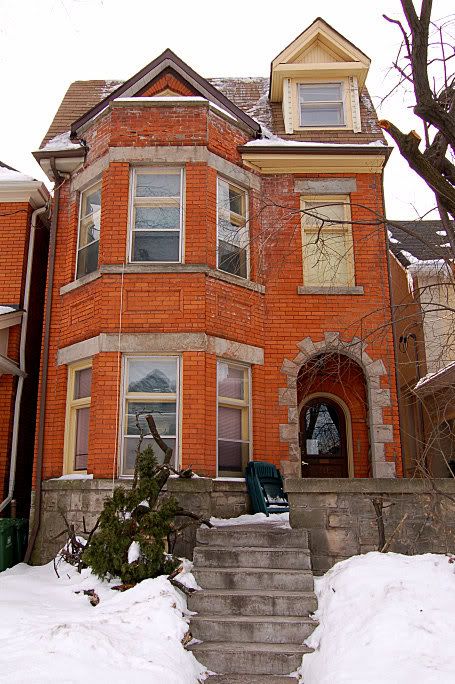 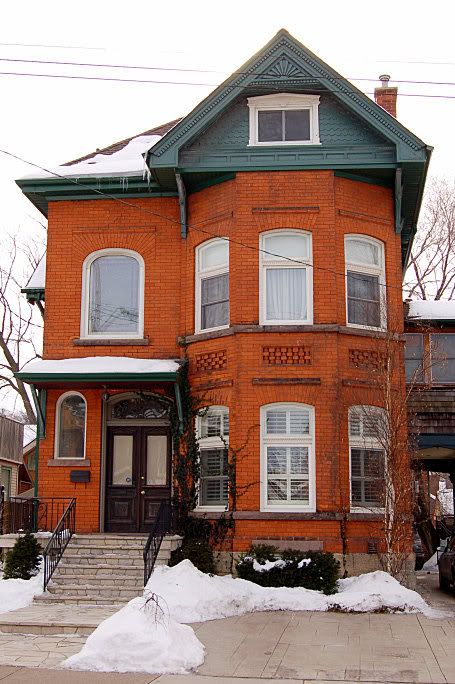
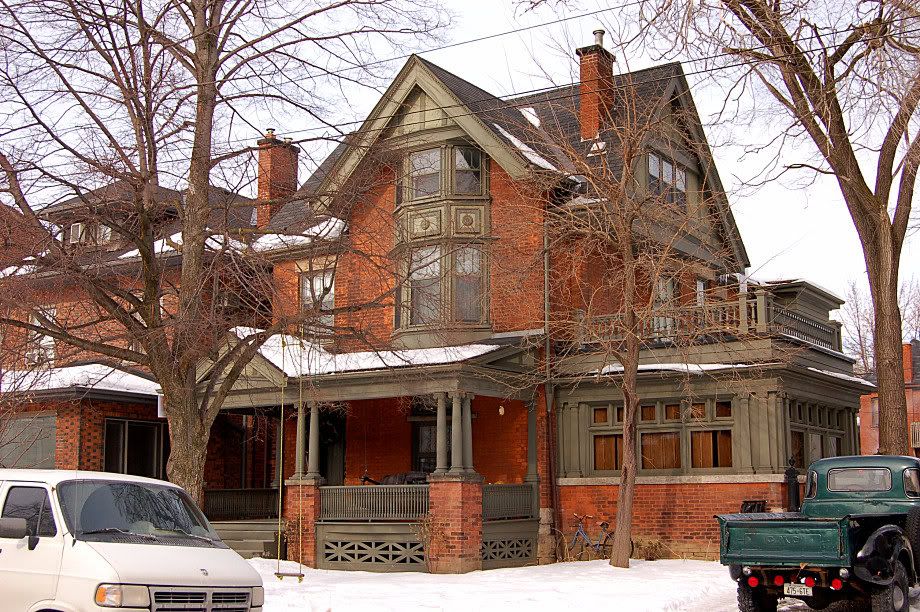


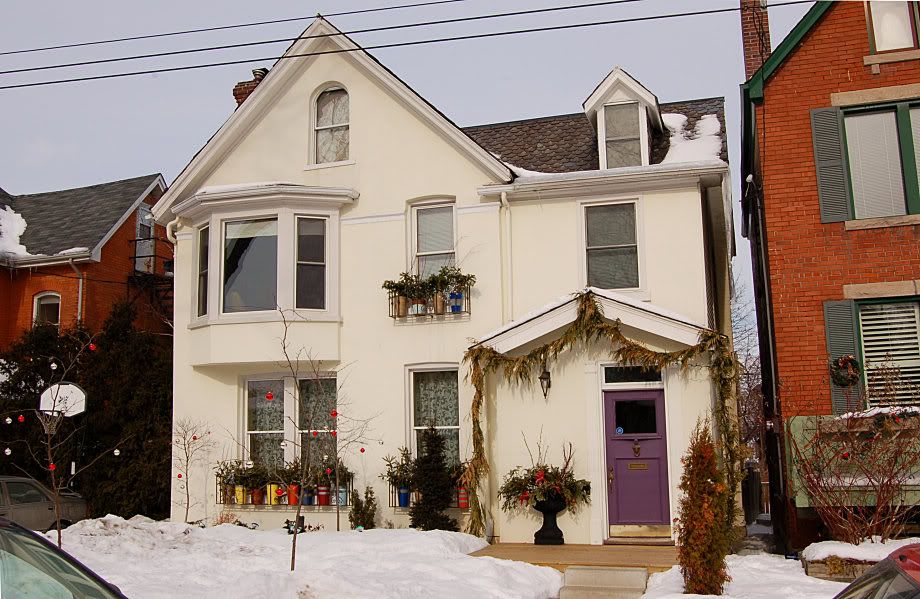
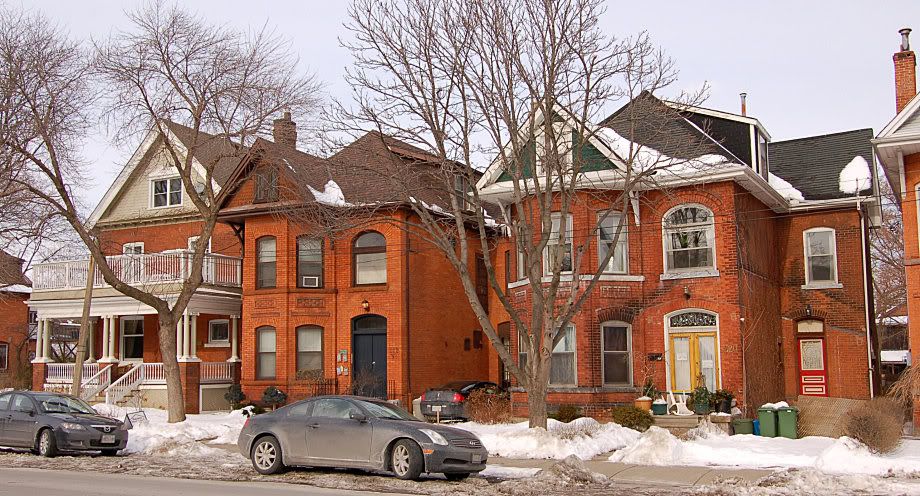
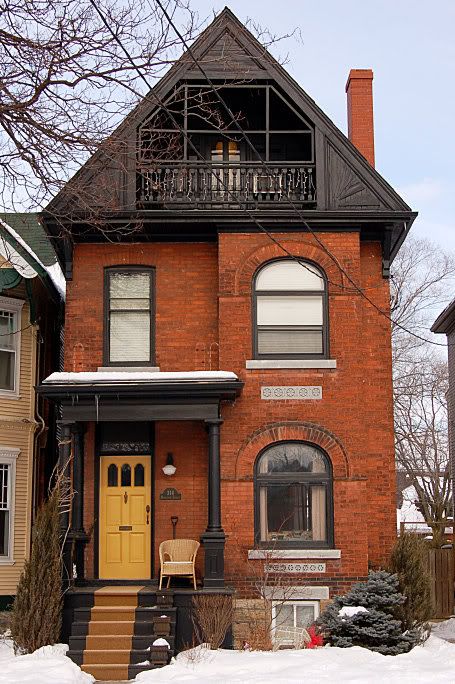 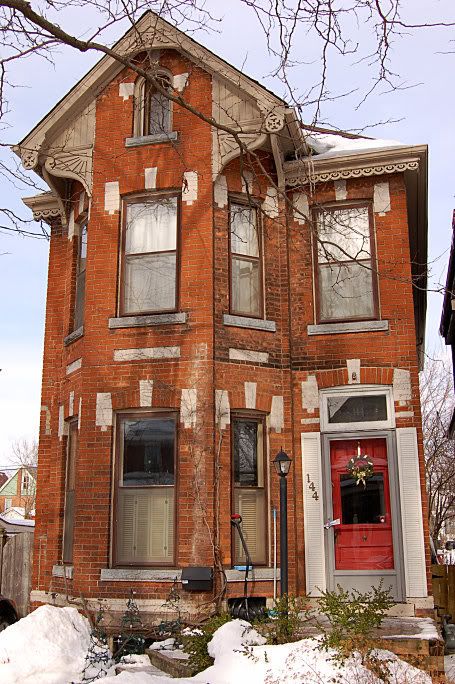
As we approach Aberdeen, larger homes begin to appear. Someday I will do a good tour of South Kirkendall, which is a
continuation of the mansion district that runs across much of lower Hamilton at the base of the escarpment.




Tiny cottages still dot the neighbourhood
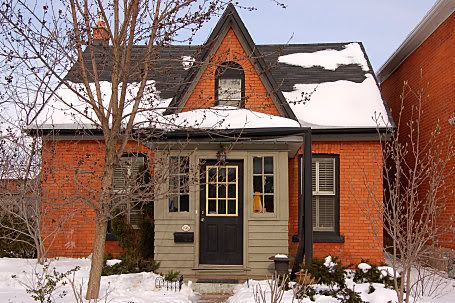 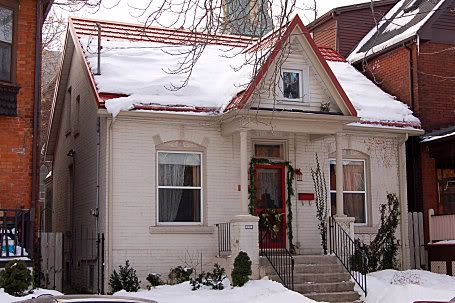
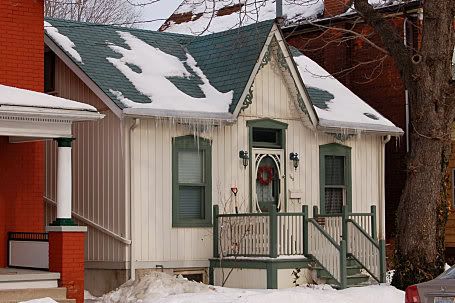 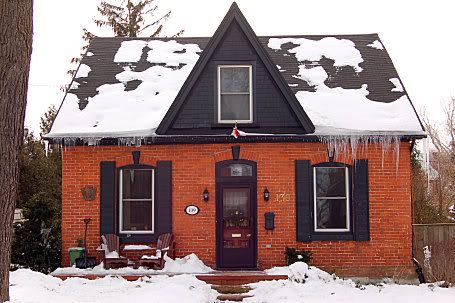


There are several churches in Kirkendall.


Another view of Locke St. South

More modest homes dominate west of Locke St.

Variations of this basic early 1900s house design fill in the lots left over from Victorian times.

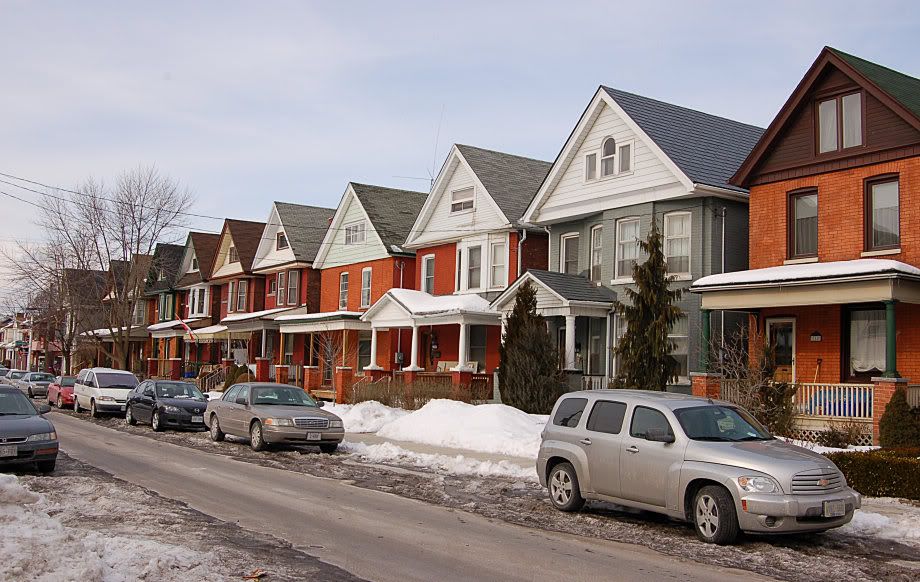
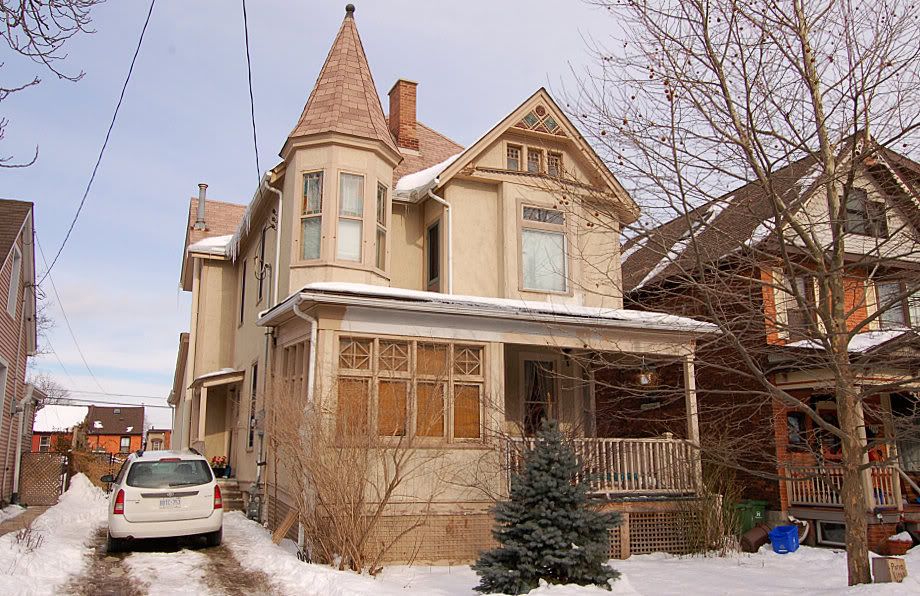
A small craftsman cottage
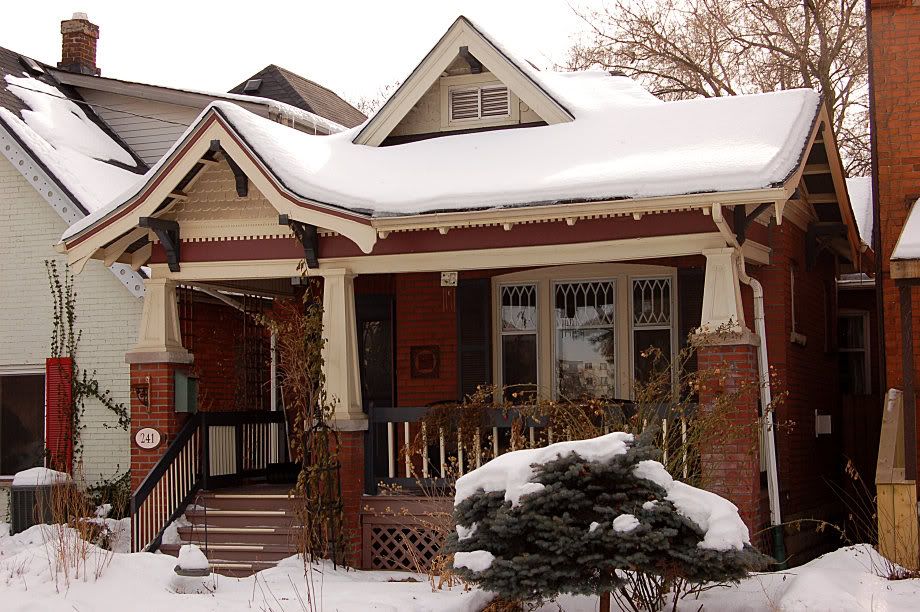
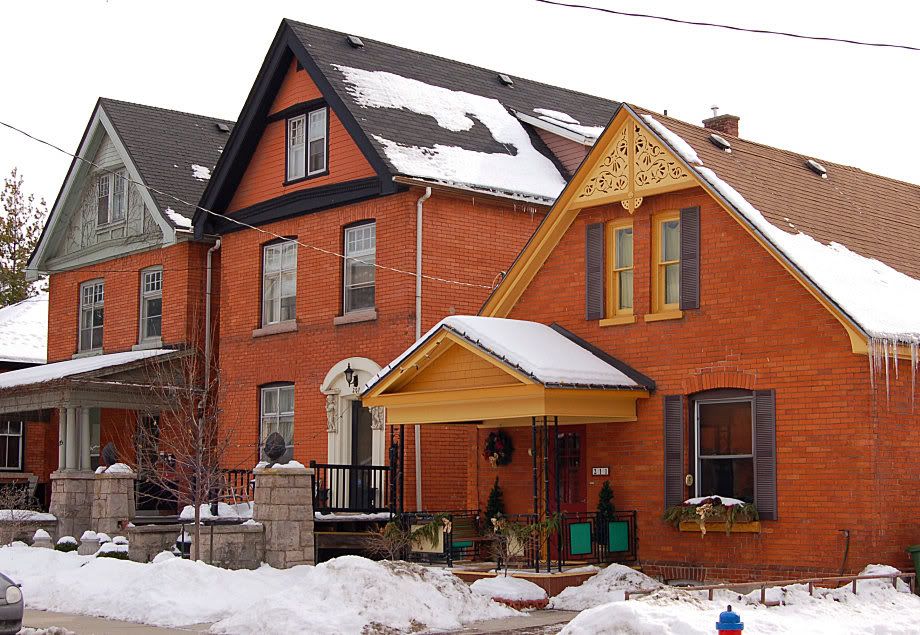
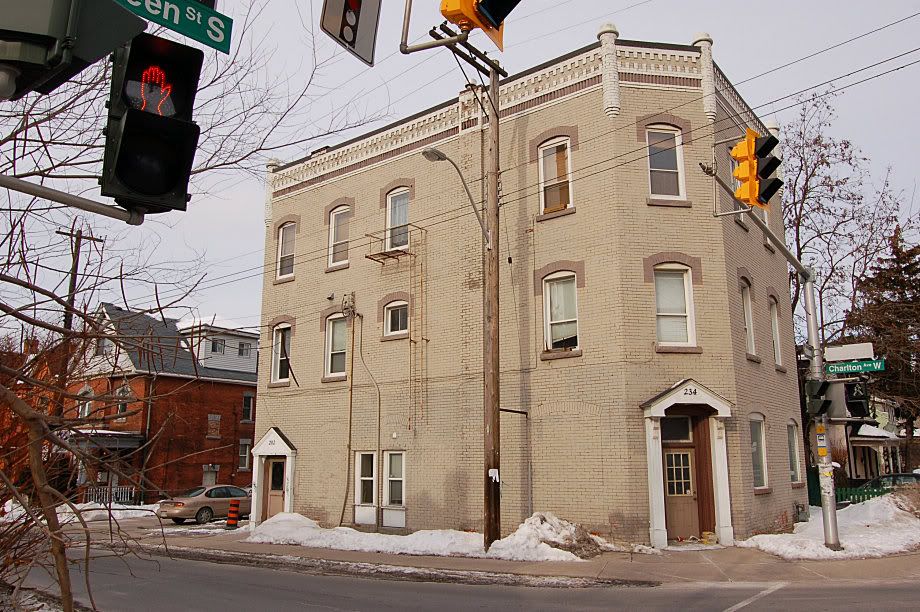
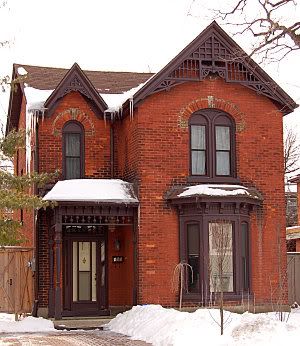 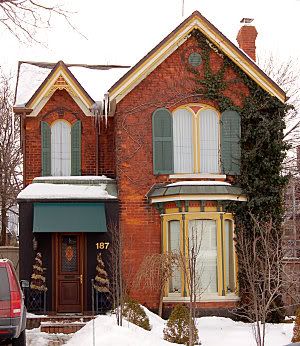 
This old stone cottage is a reminder that this area was once the rural outskirts of Hamilton.

Renovations continue in the neighbourhood:
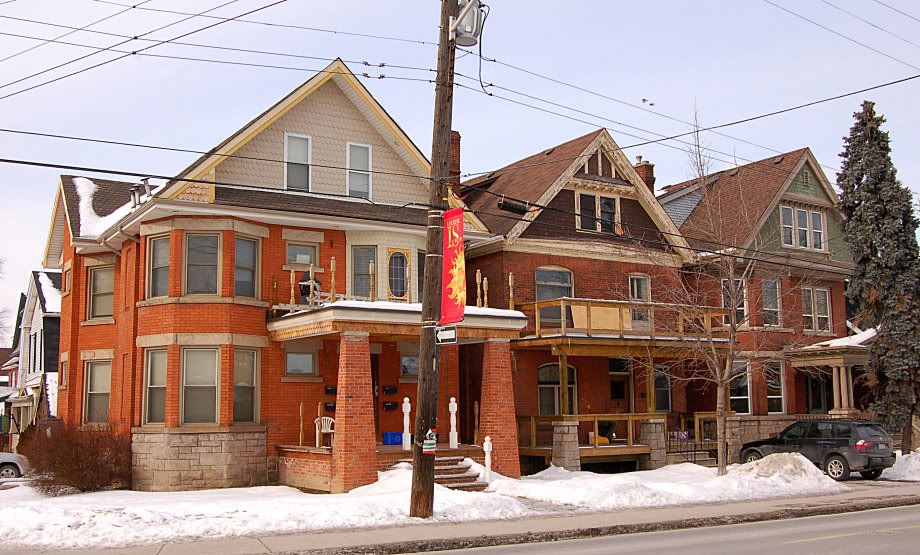
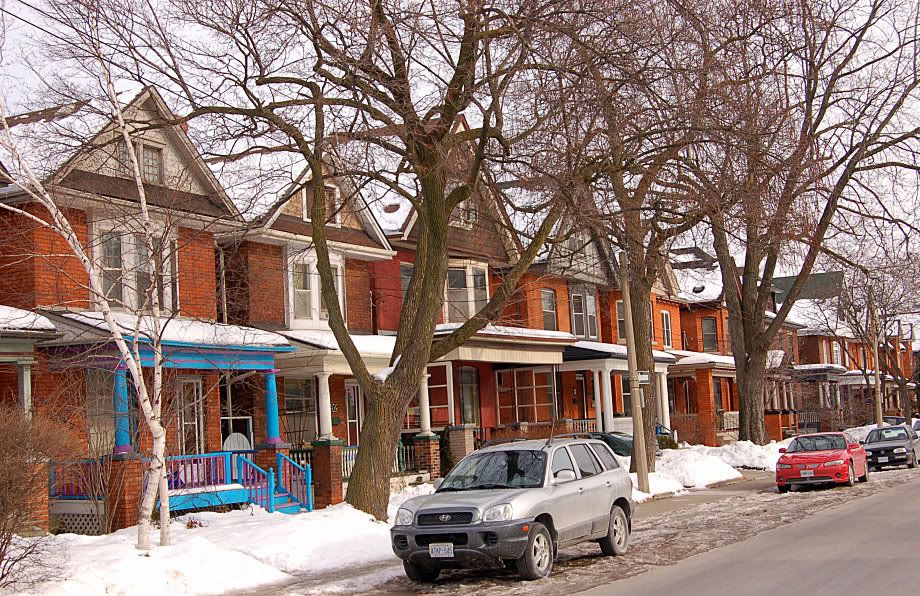
A classic Canadian winter scene at the HAAA grounds (Hamilton Amateur Athletic Association)
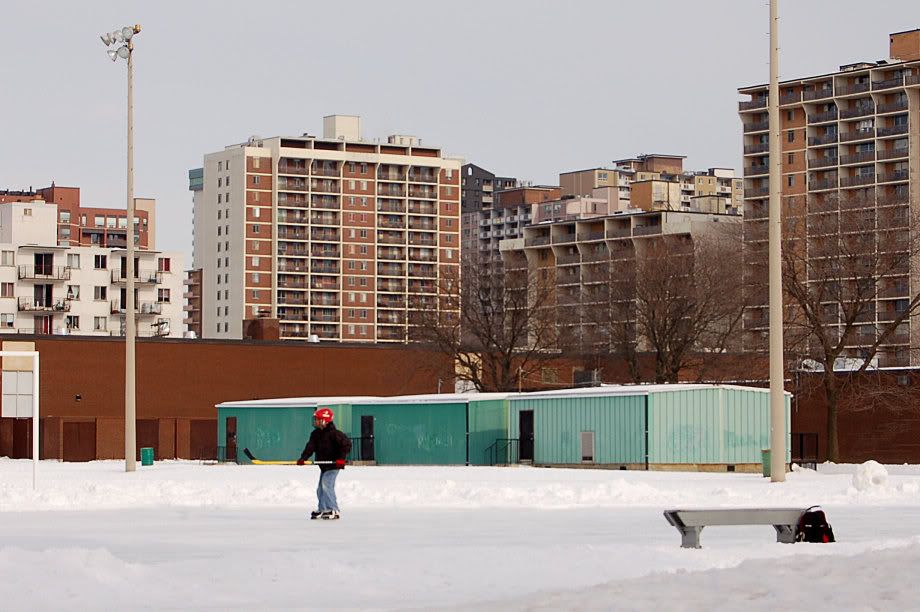 
Last edited by flar; May 16, 2009 at 12:58 AM.
|